Maddie’s HypnoBirthing Story: Podcast Episode #81
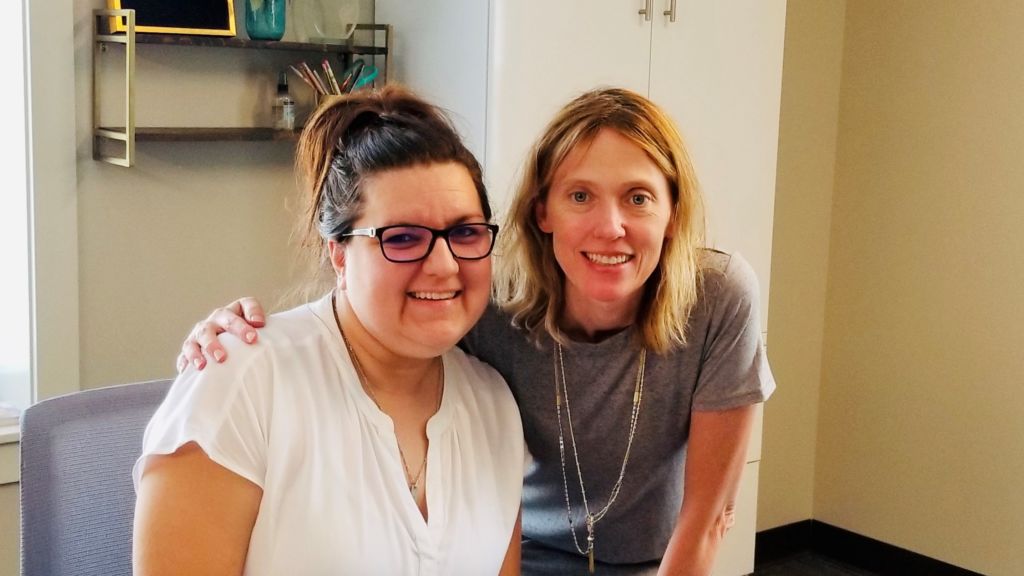
Today our former birth client and HypnoBirthing student, Maddie Kioski, tells us her personal pregnancy journey using HypnoBirthing and how it helped her feel excited about labor and delivery instead of scared. You can listen to this completed podcast episode on iTunes or SoundCloud. Kristin: Welcome to Ask the Doulas with Gold Coast Doulas. […]
Pregnancy Shouldn’t Be Painful

Gold Coast is thrilled to present a guest post by Sally Talbot, PT, Senior PT and co-owner of Health Motion Physical Therapy. Pregnancy is a wonderful and amazing time. However, creating a new life does create some major changes in the body. Pain in different areas during pregnancy is a common complaint. Physio–pedia.com states that back […]
The Minority Bride: Podcast Episode #78
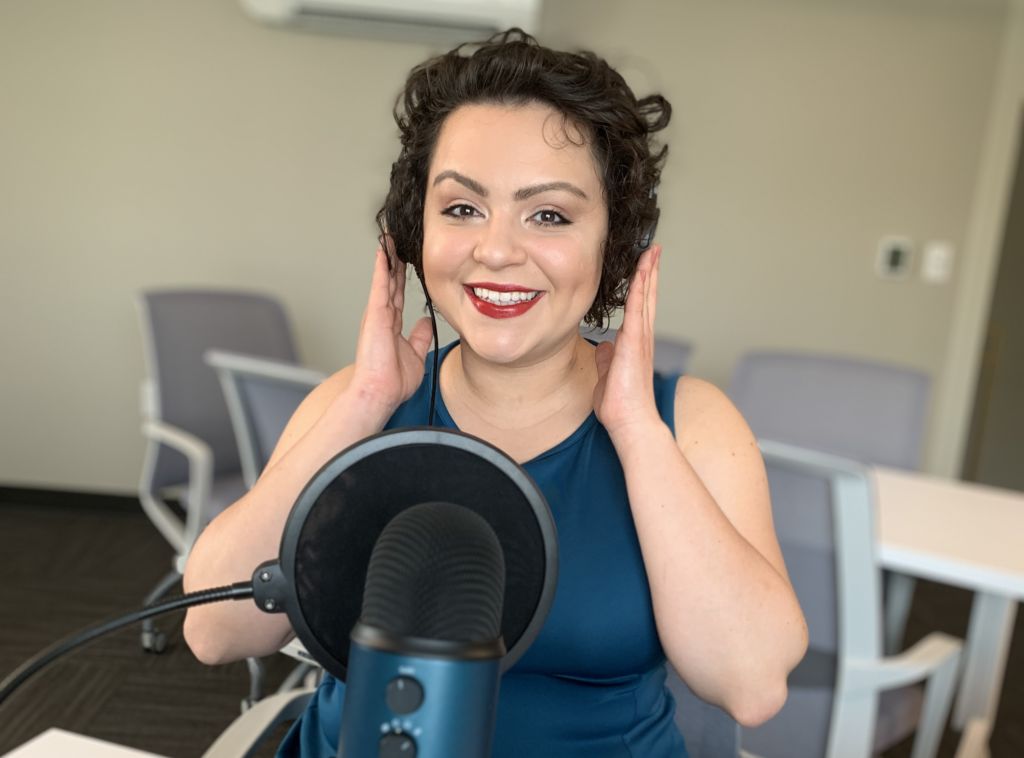
Alyssa: Hi, welcome to Ask the Doulas. It’s Alyssa and I’m talking with Gaby again if you remember her. Last time she told us her lovely birth stories. Hi Gaby. Gaby: Hi Alyssa, good to be back. Alyssa: I want to learn about your business. So Connie’s Bridal Boutique. Gaby: Yes. Alyssa: Who’s Connie? […]
7 Ways To Save Money When Having A Baby

Emily Graham is the creator of mightymoms.net. She believes being a mom is one of the hardest jobs around and wanted to create a support system for moms from all walks of life. On her site, she offers a wide range of information tailored for busy moms — from how to reduce stress to creative […]
Gaby’s Birth Stories: Podcast Episode #77
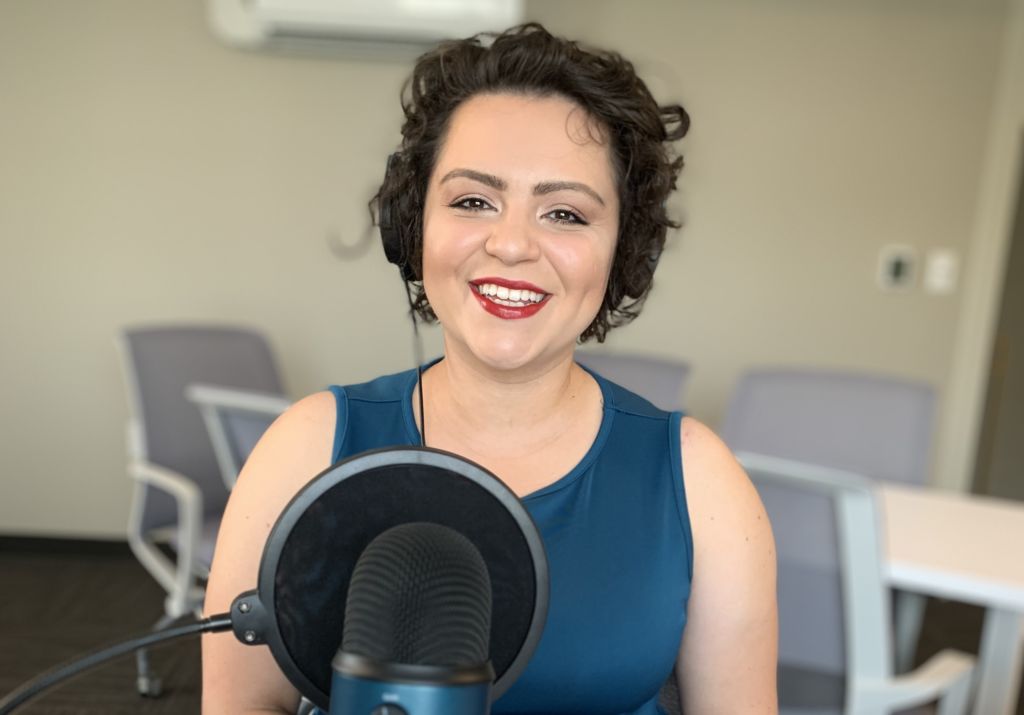
Gaby is a local business owner in Grand Rapids and talks to Alyssa about the birth stories of both of her children. You can listen to this complete podcast episode on iTunes or SoundCloud. Alyssa: Hi, welcome to Ask the Doulas podcast. I am Alyssa and I’m excited to be here with Gaby today. How […]
Jamie’s Breastfeeding Experience: Podcast Episode #76
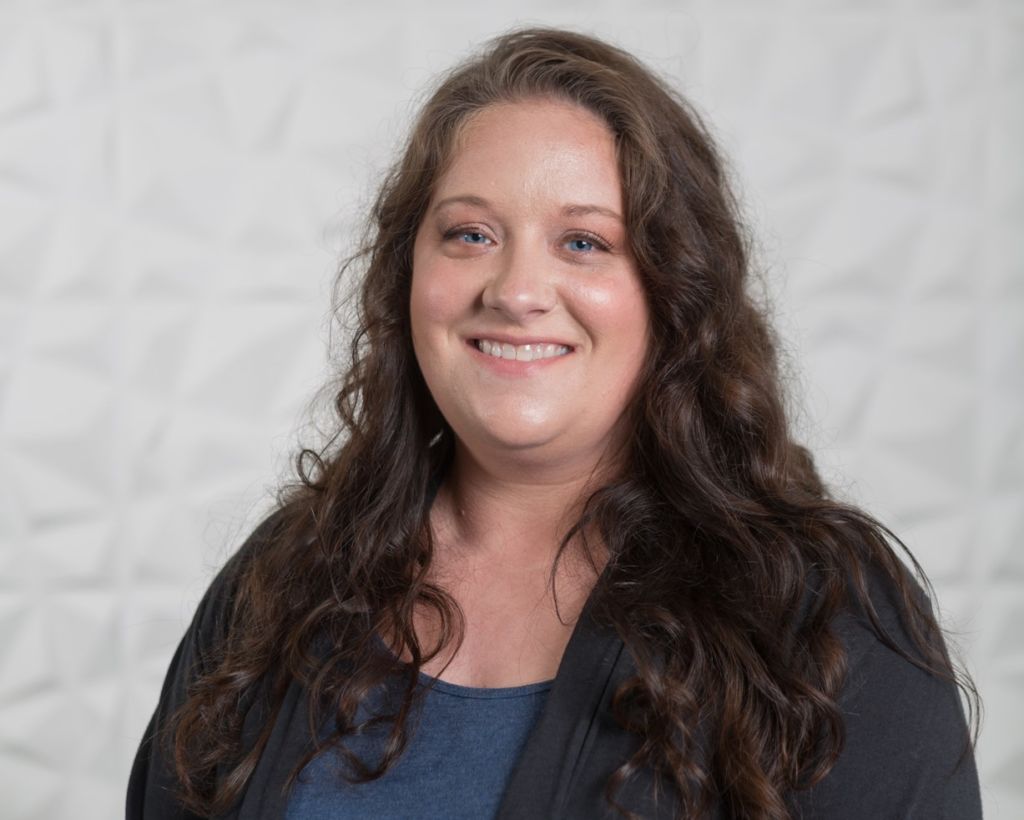
Jamie Platt, Birth and Postpartum Doula with Gold Coast Doulas, tells us about three completely different breastfeeding experiences with her three children. This podcast was recorded over a year ago, and Jamie is now a certified lactation counselor. You can listen to this complete podcast episode on iTunes or SoundCloud. Alyssa: Hi, welcome to another […]
HOW TO TAKE A SOCIAL MEDIA BREAK ON MATERNITY LEAVE
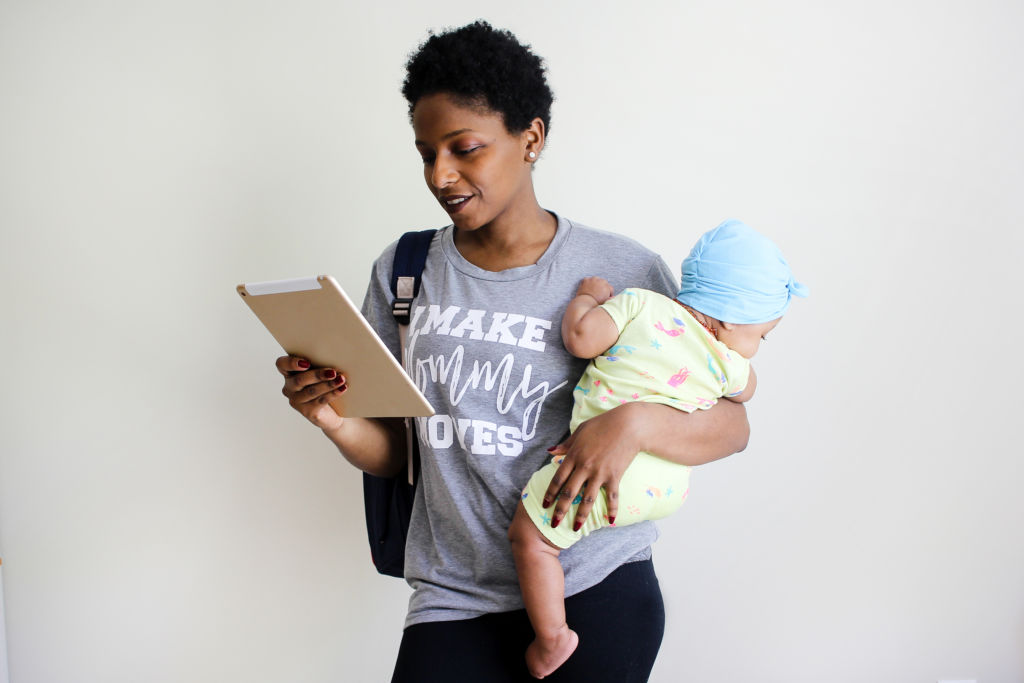
We are so very excited to share this guest blog with you because not only is the author an amazing mother and entrepreneur, but she is also a past client. With over 10 years experience in social media strategy and digital marketing, Chris found her purpose after having her daughter. Pre-baby, she was a self-proclaimed […]
EMDR Therapy: An Overview

We are so excited to share this guest blog by Joshua Nave LLMSW and Paul Krauss MA LPC of Health for Life GR. We get asked frequently about EMDR Therapy, so read below to find out what it is and how it works! This blog is a discussion of the basics of what Eye Movement […]
Postpartum Support for Business Owners: Podcast Episode #74
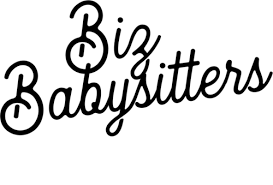
On this week’s episode of Ask the Doulas, we chat with Chris Emmer, owner of Biz Babysitters, about postpartum life and owning your own business. You can listen to this complete podcast episode on iTunes or SoundCloud. Alyssa: This is Alyssa. I am recording with Chris Emmer again. Welcome to the Ask the Doulas Podcast. […]
Podcast Episode #71: Bedrest Support
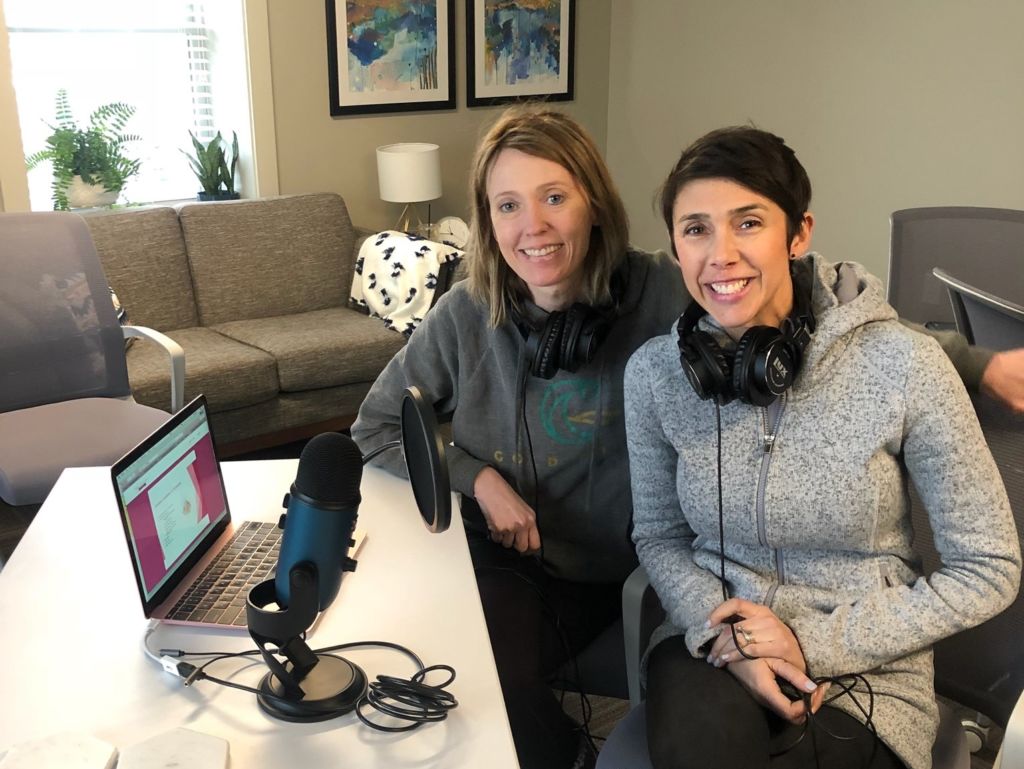
What the heck is an antepartum doula? Well, it basically means bed rest support for mothers who are high risk. But a bed rest doula can also help families that aren’t necessarily on bed rest. Maybe a mom needs help running errands, finding community resources, preparing for baby showers, putting away gifts, nesting! Listen and […]
HypnoBirthing Baby – Wesley

We love getting birth stories from clients! This is a beautiful story from one of Ashley’s HypnoBirthing students. Through all of the unknowns of labor and delivery for a first time parent, this mom describes her birth experience and how relaxing and keeping calm throughout eliminated any room for fear. Wesley Thomas Sarazin was born […]
Babies! Babies! I could watch these precious babies all day!

Today’s guest blog comes from Jessica White of 4D Moments Ultrasound Studio. Who does not love the sweet face of a brand new baby?! A dreamy smile…a big yawn…a goofy open-mouthed grin. Oh, or one of those precious baby stretches where their little lips pooch out and their knees pull up to their bellies and […]
Podcast Episode #68: Overnight Doula Support
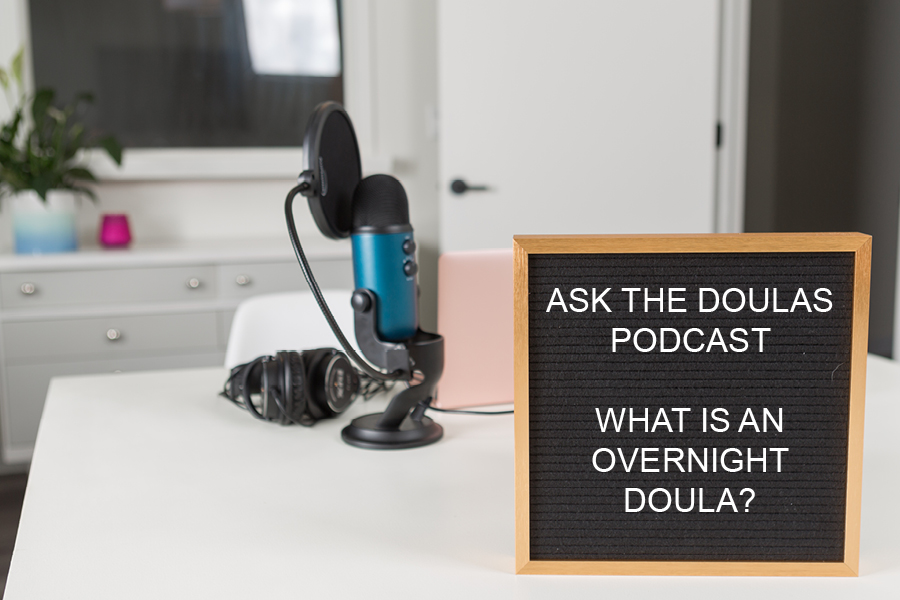
Many of our clients and listeners don’t fully understand what overnight doula support looks like. Kristin and Alyssa, both Certified Postpartum Doulas, discuss the kinds of support their clients look for and how their team of doulas support families in their homes. You can listen to this complete podcast on iTunes or SoundCloud. You can […]
Podcast Episode #65: Annette’s HypnoBirthing Story
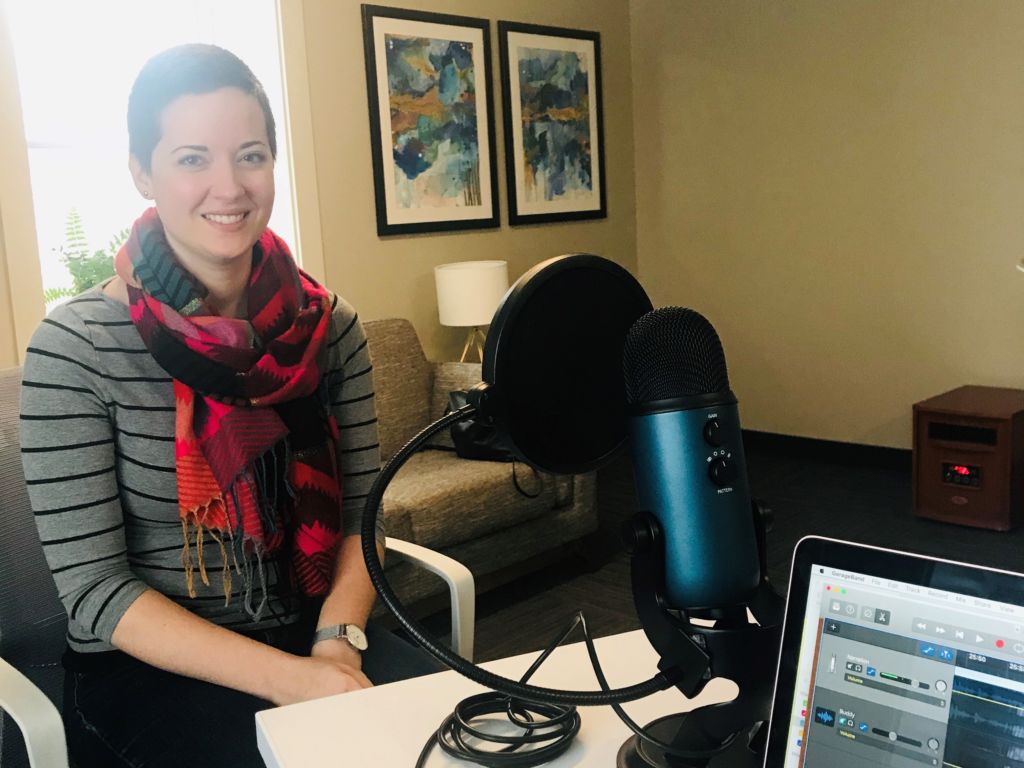
Today we talk with a previous HypnoBirthing student, Annette Beitzel, about her personal experience with HypnoBirthing at Gold Coast Doulas. Although she didn’t use it how she intended, it had an incredible impact on her pregnancy and birth experience. You can listen to this complete podcast episode on iTunes or SoundCloud. Kristin: Welcome to Ask […]
How Much Does a Doula Cost?

With all of the expenses that accompany pregnancy and—eventually—parenthood, it’s natural to be concerned about your budget when considering hiring a doula. So, how much does a doula cost? Prices vary widely and depend on the specific role of your doula, since there are both birth doulas and postpartum doulas. Their hours, rates, and responsibilities […]
Podcast Episode #62: Newborn Traumas

What is birth trauma and do all babies experience it? How can you remedy it? Dr. Annie and Dr. Rachel of Rise Wellness Chiropractic give us several examples of common birth traumas, what they mean, and how chiropractic care can help. You can listen to this complete podcast episode on iTunes or SoundCloud. Kristin: Welcome […]
Podcast Episode #61: Postpartum Wellness
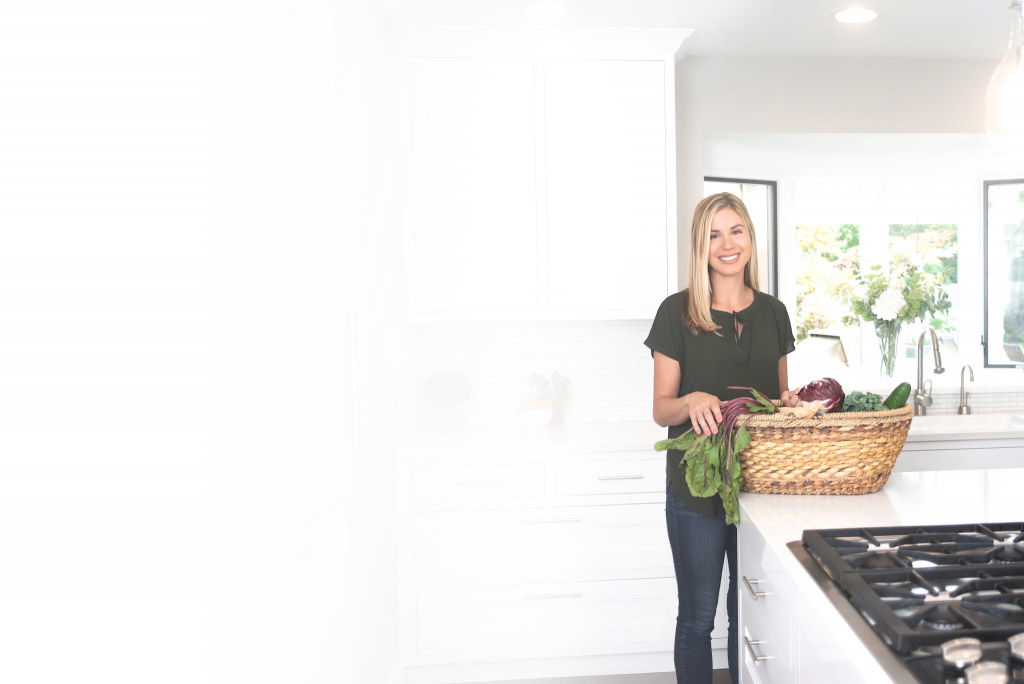
Dr. Erica of Root Functional Medicine gives moms some tips about staying healthy through pregnancy and into the postpartum period. We also talk about her upcoming Postpartum Wellness class on March 7. You can listen to this complete podcast episode on iTunes or SoundCloud. This podcast episode is sponsored by LifeFuel, providing healthy meal delivery […]
How ZENBands Became a Part of Pregnancy

Gold Coast Doulas is pleased to announce a guest blog by Dr. Erin Stair on her headbands that are perfect for listening to HypnoBirthing scripts or childbirth playlists. I use them for listening to podcasts like “Ask the Doulas” with Gold Coast Doulas on Soundcloud and Itunes. Erin is the creator of ZENBands, ZENTones, author […]
Podcast Episode #60: A Naturopath’s Perspective on Pregnancy and Depression
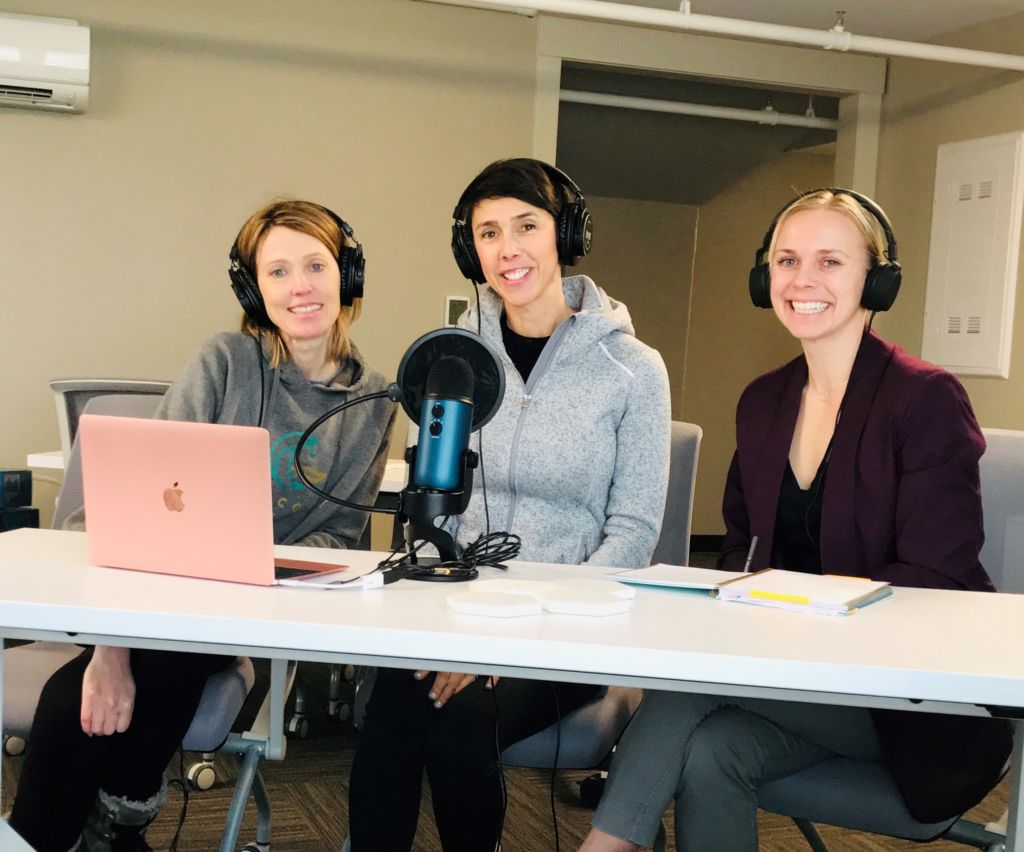
Doctor Janna Hibler, ND talks to Alyssa and Kristin about how a naturopathic doctor treats pregnant and postpartum women, body and mind. You can listen to this complete podcast episode on iTunes and SoundCloud. Alyssa: Hello, welcome to Ask the Doulas podcast. I am Alyssa Veneklase, co-owner of Gold Coast Doulas, and I am here […]
5 Research-Backed Strategies to Reduce Your Risk of Preeclampsia
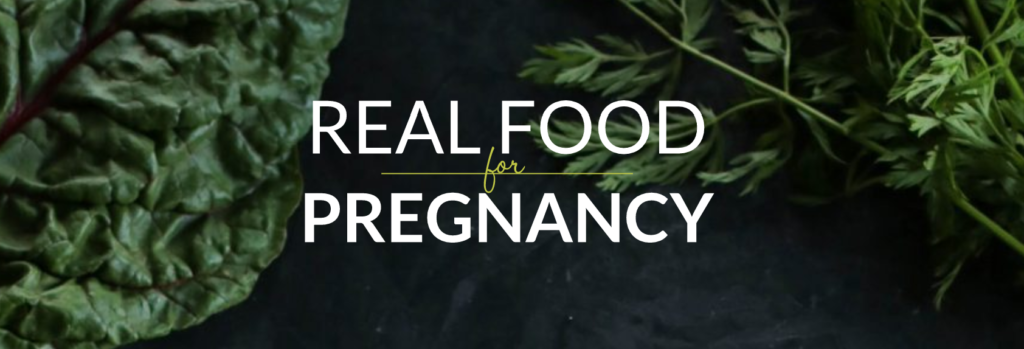
If you’ve done any reading on preeclampsia, we’re probably in agreement that it’s a diagnosis that no woman wants to get. Preeclampsia is a pregnancy complication that affects up to 10% of expecting mamas. It involves high protein levels in the urine and swelling (edema) in addition to high blood pressure. Ultimately, these symptoms can […]
Chiropractic Prenatal Care

Yes, you read that right! If you just raised an eyebrow with a bit of confusion, you are not alone. Most people think Chiropractic care is mostly for neck pain, back pain, and maybe headaches. For most of my patients, that’s true. However, after we resolve their pain, some amazing things start happening. Some people […]
Healthy Fats for a Nourished Body & Baby

We are happy to have Sam Kalawart, Certified Health Coach, as a guest blogger today! Check out what she has to say about healthy fats. Pregnancy is a beautiful and exciting time in a woman’s life. During these 9 months, your body is working in over drive to ensure your unborn baby is developing as […]
